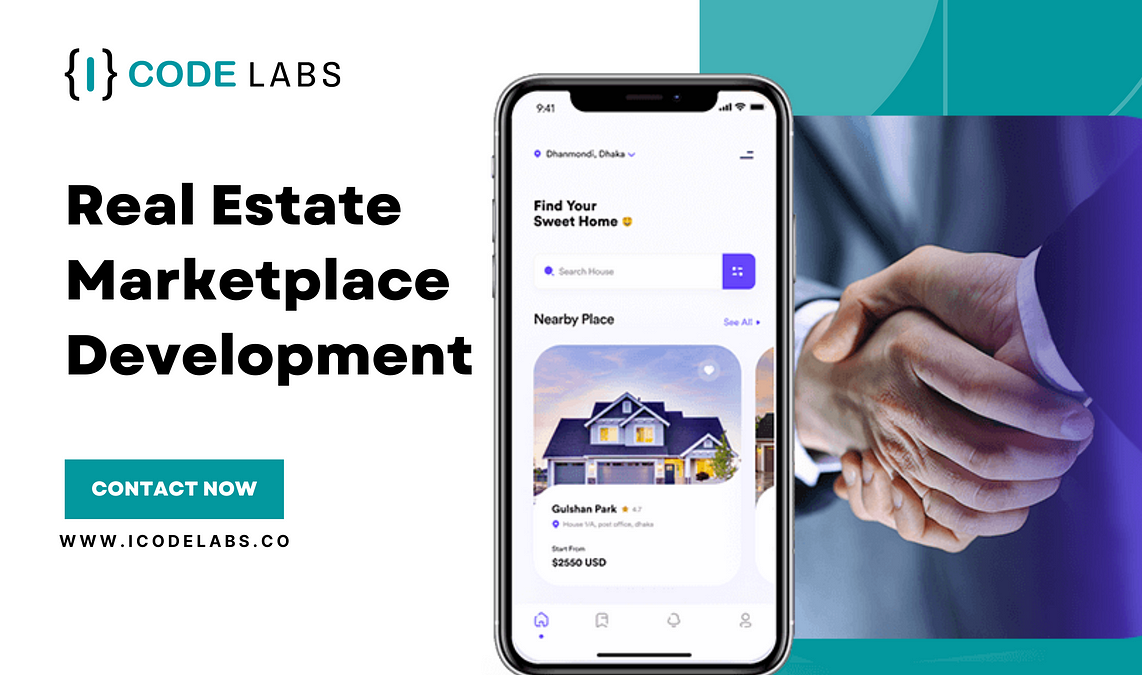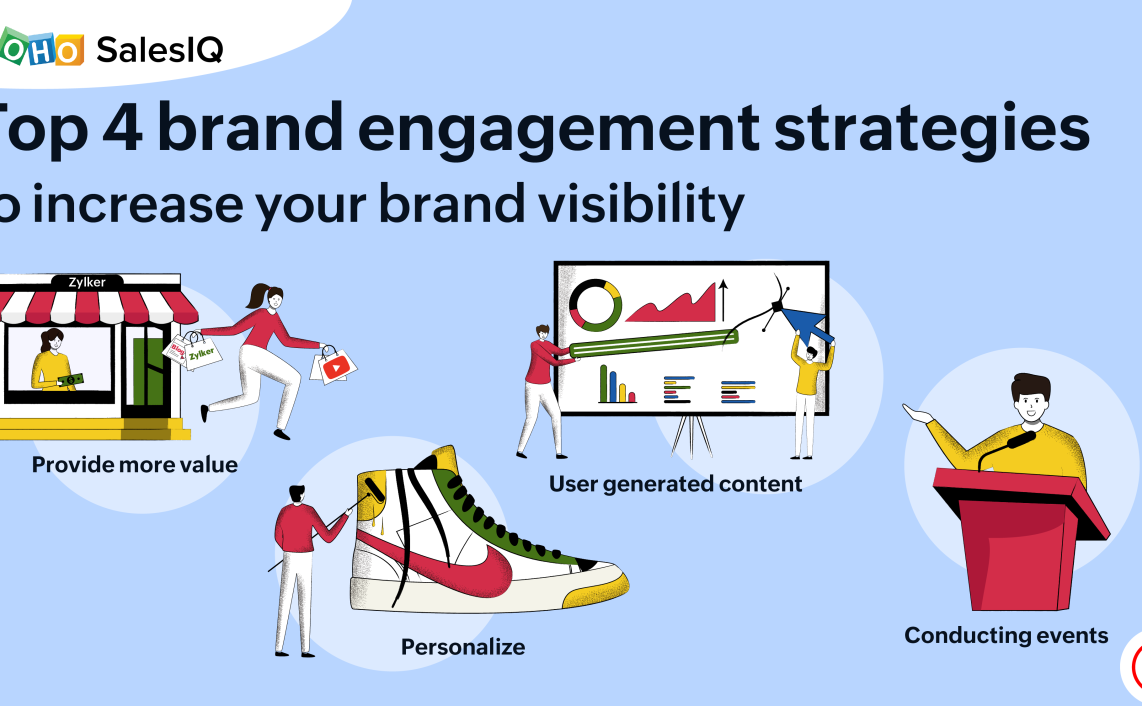The world of e-commerce is rapidly evolving, and with it, the strategies for marketing. One such innovative strategy that is gaining traction among online businesses is ‘Brandformance Marketing.’ As two seasoned businessmen, let’s delve into this concept, exploring its nuances and effectiveness in the realm of e-commerce.
The Genesis of Brandformance
Brandformance marketing is a hybrid approach that blends the strengths of brand marketing with performance marketing. Traditional brand marketing focuses on building brand awareness and loyalty, often through storytelling and emotional connections. Performance marketing, on the other hand, is data-driven and aims at generating immediate results, like sales or leads, through direct-response advertising.
Why Brandformance Matters in Ecommerce
In the e-commerce landscape, competition is fierce and customer attention spans are short. Brandformance emerges as a potent strategy in this environment. It not only builds a strong brand identity but also drives measurable outcomes like sales conversions, customer retention, and ROI.
Key Elements of Brandformance
- Data-Driven Storytelling: Integrating compelling brand narratives with data insights ensures that the messaging resonates with the target audience while also driving them towards a specific action.
- Multi-Channel Approach: Utilizing a variety of channels – from social media to email marketing – helps in reaching a broader audience while also providing multiple touchpoints for engagement and conversion.
- Balancing Long-Term and Short-Term Goals: While performance marketing tactics cater to short-term goals like quick sales, brand marketing strategies are invested in long-term customer relationships and loyalty.
Effective Implementation of Brandformance
- Understanding the Audience: Deep insights into customer preferences, behaviors, and pain points help in crafting a marketing message that is both appealing and effective.
- Cohesive Brand Image Across Channels: Consistency in brand messaging and aesthetics across different platforms reinforces brand recall and trust.
- Leveraging Technology and Analytics: Advanced analytics and AI can aid in optimizing campaigns in real-time, ensuring maximum efficiency and impact.
Success Stories
Several e-commerce giants have successfully implemented brandformance marketing. They have achieved an impressive balance between maintaining a distinct brand identity and driving sales through targeted, performance-driven campaigns.
Challenges and Future Outlook
While brandformance marketing is promising, it poses challenges such as aligning brand and performance goals, budget allocation, and maintaining a consistent brand voice across channels. However, as technology advances and consumer behaviors evolve, brandformance is poised to become a staple in e-commerce marketing strategies.
Conclusion
Brandformance marketing represents a new era in e-commerce marketing strategies. By effectively marrying the emotional appeal of brand marketing with the measurable results of performance marketing, businesses can forge deeper connections with their audience while also achieving tangible business outcomes. As the digital landscape continues to evolve, brandformance marketing is likely to become more refined, making it an essential tool for e-commerce success.








